1.   What is periodic processing, and what is it used for in Asset Accounting?
Periodic processing comprises the tasks that must be performed at periodic intervals. Since only the values from one depreciation area can be automatically posted online in Financial Accounting, the changes to asset values (transactions) from other areas with automatic postings have to be posted periodically to the appropriate reconciliation accounts.
2.   What is the role of a depreciation area in handling different types of valuation? Why do we need to handle different types of valuation?
By using various depreciation areas that differ from each other in
•   kinds of depreciation (ordinary, special, unplanned depreciation)
•   depreciation terms (depreciation method, useful life)
•   base values for depreciation calculation (APC, replacement value)
It is possible to perform different valuation and meet the calculation needs for specific purposes (e.g., balance sheet, cost accounting or taxes).
3.   The system supports three direct types of depreciation. What are they? Define them.
•   Ordinary depreciation is the planned reduction in asset value due to normal wear and tear. Therefore, the calculation of depreciation should be based on the normal expected useful life.
•   Special depreciation represents depreciation that is solely based on tax regulations. In general, this form of depreciation allows depreciation by percentage within a tax concession period without taking into account the actual wear and tear of the asset.
•   Unplanned depreciation is concerned with unusual circumstances, such as damage to the asset that leads to a permanent reduction in its value.
4.   True or False? Depreciation is calculated by solely using the depreciation keys, which are defined in the chart of depreciation level and available in all company codes.
False. The depreciation keys are defined at the chart of depreciation level. Therefore, they are available in all company codes. SAP supplies depreciation keys for every chart of depreciation. The system calculates depreciation using depreciation keys and internal calculation keys.
5.   What is a depreciation key and internal calculation key?
Depreciation key is used for calculating depreciation amounts. It controls automatic calculation of planned depreciation, interest and maximum percentage for manual depreciation.
Internal calculation key makes up a part of the depreciation key and it defines a method, base value and rate of percentage for depreciation, changeover rules (for declining depreciation), treatment of depreciation after useful life and period control for transactions.
6.   Define derived depreciation area.
A derived depreciation area is calculated from two or more real areas using a calculation formula. You can use derived depreciation areas, for example, to calculate special reserves as the difference between tax and book depreciation. The book value rule in a derived depreciation area is checked each time a posting is made or depreciation is changed in the corresponding real area.
7.   True or False? Generally, the system determines the depreciation start date from the asset value date of the first acquisition posting.
True.
8.   True or False? If the definition of the depreciation key or depreciation terms is changed depreciation values are recalculated automatically. Only if the depreciation terms change values are recalculated
False.
9.   When imputed interest is calculated, how does the system post this expense to the CO (Cost Accounting) module?
For cost accounting, you might have to calculate imputed interest on the capital tied up in assets. The system posts interest simultaneously during the periodic depreciation posting run. It posts to the accounts that are entered in the relevant account determination for each depreciation area. Furthermore, an additional account assignment can be made to the cost center or the internal order entered in each asset master record (same for depreciation).
10.   What does the system use to calculate the replacement values, and what are the two ways of calculating the current replacement value?
Index series entered in the asset or in the asset class.
The two ways of calculating the current replacement value are historical (current year: acquisition year) and normal (current year: previous year).
11.   True or False? The depreciation posting program automatically updates the asset values and G/L accounts. The program generates a batch-input session for the update of the G/L accounts.
False.
12.   True or False? Replacement value of an asset can be determined by using an index series.
True. The “indexed replacement values†component makes it possible to calculate replacement values for assets, and to use replacement values as the basis for calculating depreciation. You determine the replacement value using index series. You enter the index series in the asset or in the asset class.
13.   True or False? When the depreciation posting program (RABUCH00) is run, the system posts individual documents for the different depreciation types.
False. The depreciation posting program RABUCH00 updates the assets values and generates a batch-input session for the update of the general ledger. The posting session also posts the different depreciation types, interest and revaluation, in addition to the writing-off and allocation of special reserves. The system does not create individual documents, only summarized posting documents (per business area per account determination).
14.   For automatic depreciation postings, should the document type be assigned an external or internal number range?
For each company code, a document type must be defined for posting depreciation. The depreciation program should only use a document type that is limited to being used for batch input. In this way, unintentional use of the document type can be prevented. It is also essential that the document type is assigned a number range with an external number assignment. The depreciation program can then assign the document numbers itself. If the numbers are assigned in this way, the depreciation posting program can keep a check on posting to Financial Accounting. If errors occur, this numbering also makes it possible to make corrections.
15.   Explain the difference between the methods for distributing forecasted depreciation to the posting periods.
The smoothing method distributes depreciation evenly to the periods from the current depreciation period to the end of the fiscal year (regardless of the value date of the transaction).
With the catch-up method, the depreciation on the transaction (from the start of capitalization up to the current period) is posted as a lump sum. The depreciation posting program, posts this amount in the posting period, in which the value date of the transaction lies.



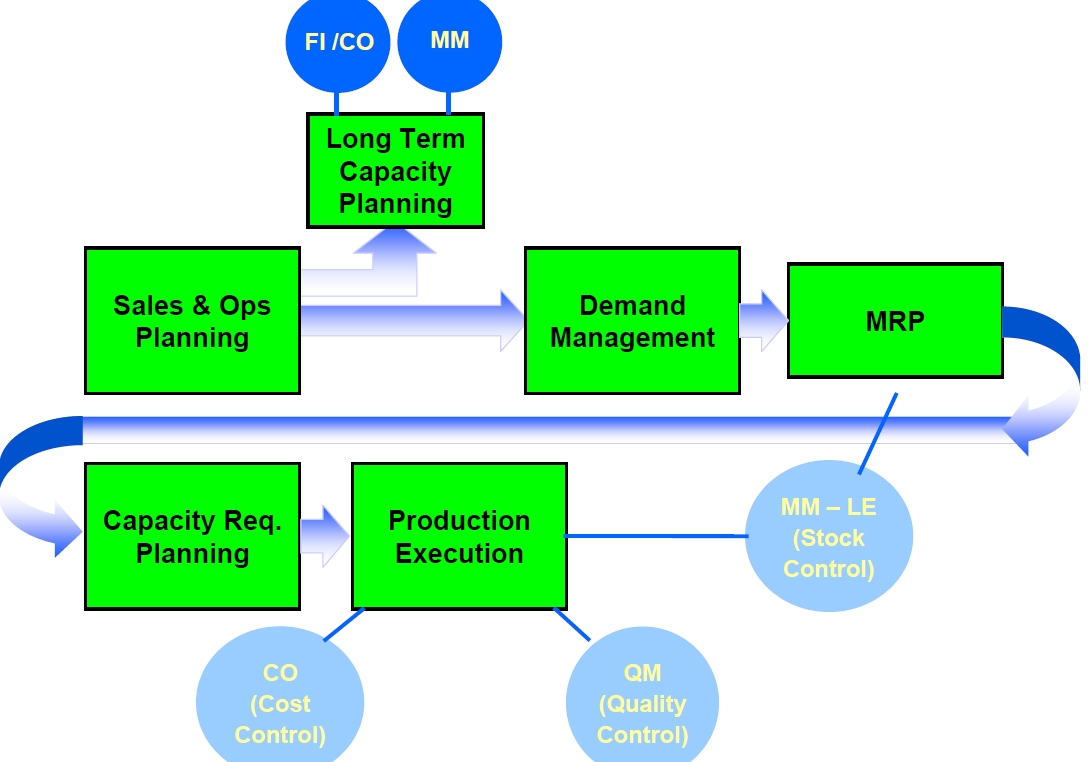

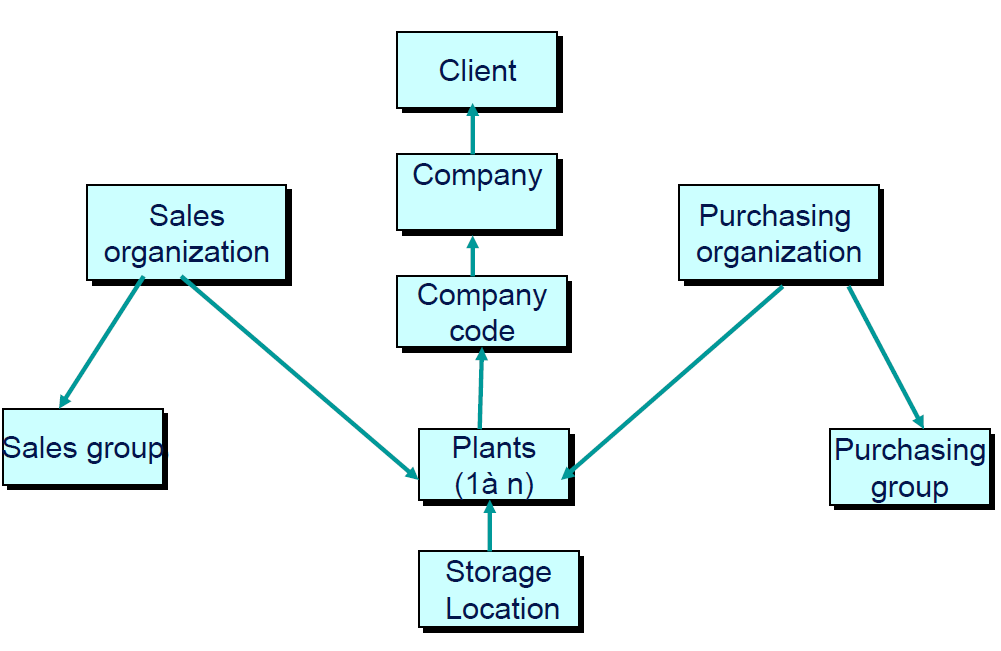
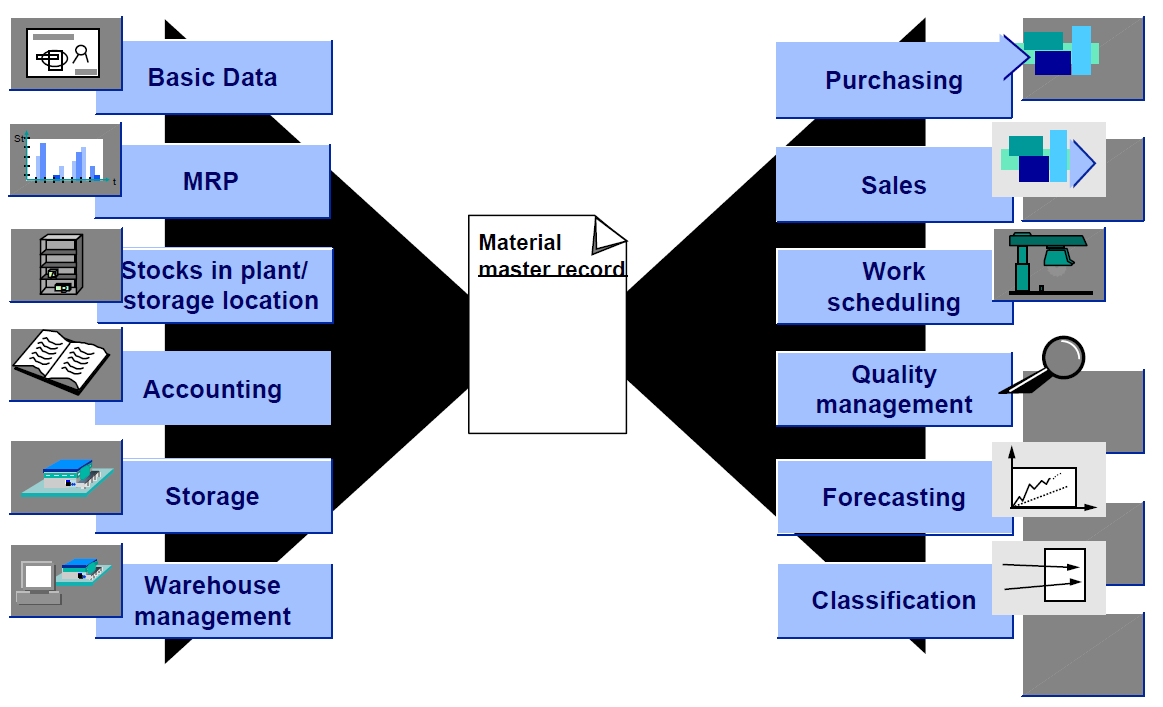
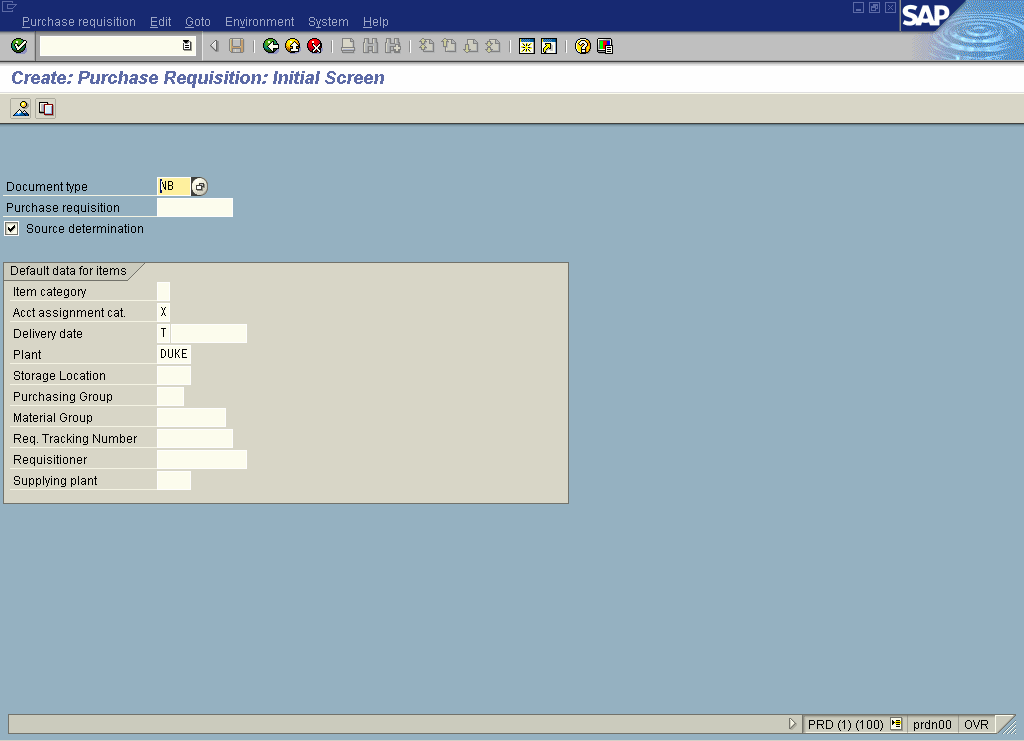
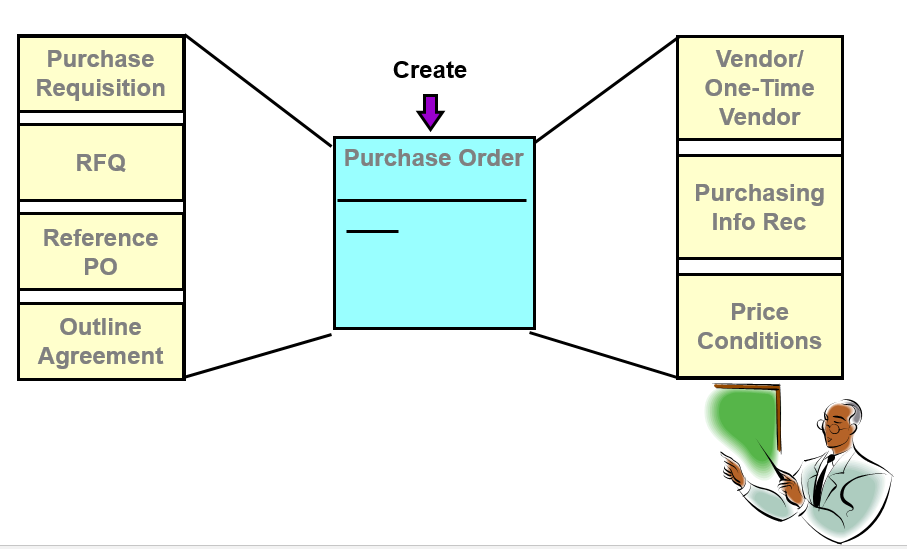
Leave a Reply